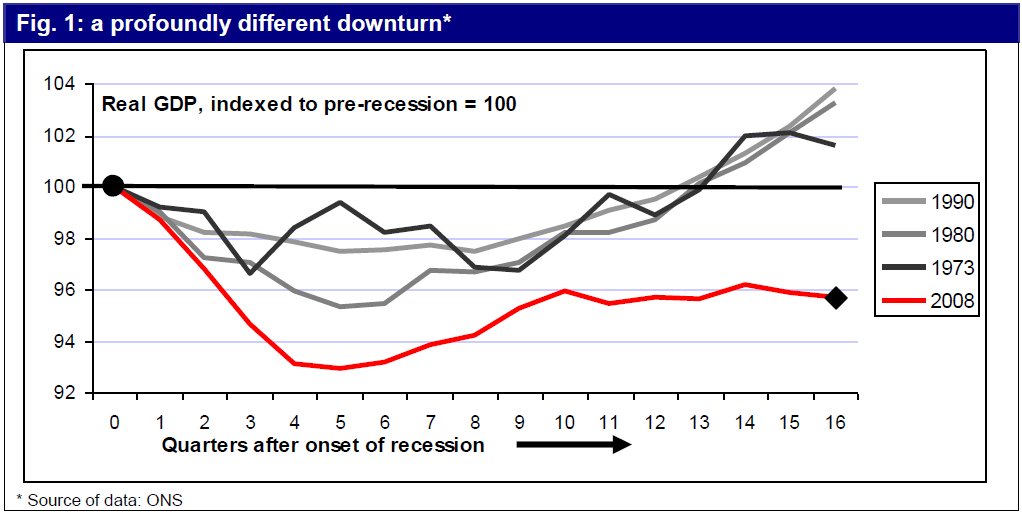The Irish government may have discovered a fatal flaw in the Eurozone central banking system – the discount window.
In 2008 the Irish government bailed out Anglo-Irish Bank and effectively nationalized it. Since then they have been periodically supplying more bailout funds to it as losses have emerged. Because of this, together with the bailouts of other Irish banks and loss of tax revenues the Irish state’s finances are very bad. Currently the interest rate on Irish bonds is 8%, much higher than the Eurozone interest rate, indicating that the market considers the possibility of default to be high.
Many commentators have pointed out that having separate states issuing their own bonds and using their own tax policies within one currency area is destabilizing. But the current crisis in Ireland has revealed a problem that may be much bigger in the long run – the European Central Bank’s discount window.
The ECB, like most central banks, controls the rate of interest by two methods. They perform OMOs which are the buying and selling of bonds in exchange for base money. If the central bank buys a bond using base money then it increases the amount of base in circulation as reserves between the commercial banks. The central bank is also the lender-of-last resort. As part of that role the bank makes short term loans to the most marginal, that is most unstable, commercial banks. This is the “discount window” which the European central bank calls the marginal lending facility. The central bank can alter the rate of interest by offering discount window loans at higher or lower rates, though modern central banks don’t generally do this, they use OMOs instead.
The problem the ECB now faces is that it must make discount window loans to Irish banks that are owned by the Irish state. The ECB is, in effect, lending to the Irish government. As Ambrose Evans-Pritchard wrote yesterday: “…the ECB is already propping up Ireland and Club Med by unlimited lending to local banks that then rotate into their own government debt in an internal ‘carry trade’.” Since the ECB discount window rate is 1.75% and the interest rate on Irish government bonds is ~8% that means that Ireland is getting a good deal.
The ECB could stop this lending any time, and probably will. The problem, though, is the impartiality necessary in central banking. In the 19th century the Bank of England would occasionally lend to commercial banks having problems; it was the lender of last resort. But, as Bagehot pointed out, many problems were caused by the central bank playing favourites. Commercial banks with good connections at the Bank of England got loans and other banks without connections didn’t. So, it became a policy that the central bank should offer discount window loans at a rate higher than the prevailing interest rate to all commercial banks if they posted good collateral. Later central banks began performing regulatory probes into banks that borrowed from the discount window facility, thereby increasing the disincentive for banks to use it. The advantage of this system to the central banks was that the market knew that any commercial bank could borrow from the discount window, and that reduced the risk the banks took when lending to each other. This made monetary expansion much easier for the central bank to initiate than it had been before.
In the current situation, though, the ECB must play favourites. The ECB could justify that if it decides that the assets posted as collateral by the Irish banks are not satisfactory, and therefore that those banks are insolvent, not merely illiquid. But that would be mean that the ECB would be effectively judging that the Irish state is insolvent. Politically speaking, can a central bank make that judgement? If the ECB allows Ireland to continue borrowing from the discount window then the other wobbly Eurozone countries will follow Ireland — they will nationalize banks and use them to access the discount window. But if the ECB cut off lending to Ireland then this increases uncertainty for other Eurozone banks and states greatly.


